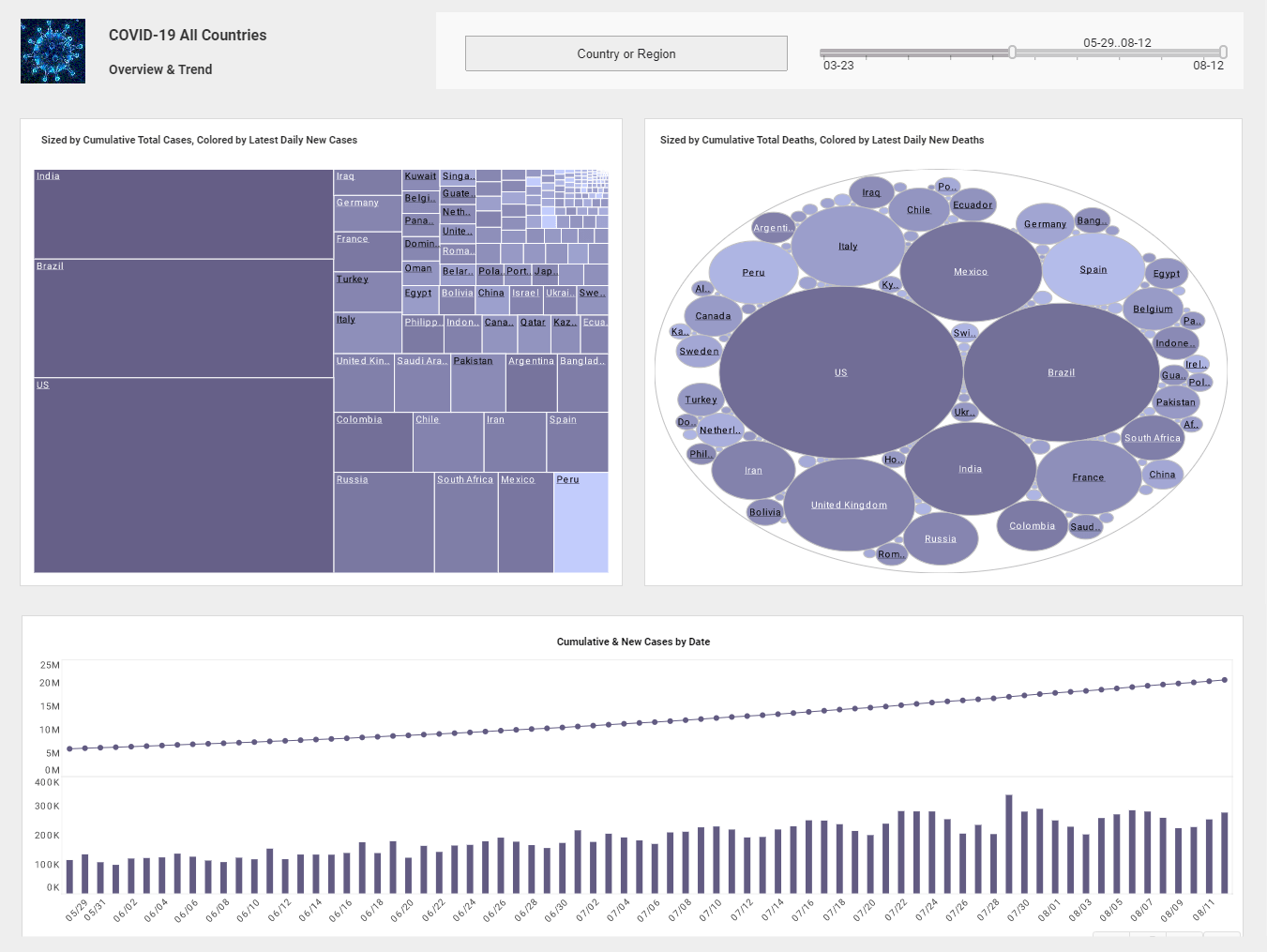What Is a Cloud-native Microservice Architecture?
Cloud-native microservice architecture is an approach to designing, building, and deploying applications that leverages cloud computing principles and is based on the microservices architectural style. This combination enables applications to be highly scalable, resilient, and portable, making them well-suited for dynamic, distributed environments such as public, private, and hybrid clouds.
Here's a breakdown of its key components and features:

1. Cloud-Native Principles
Cloud-native refers to applications specifically designed to take advantage of cloud computing's scalability, elasticity, and resilience. Characteristics include:
- Containerization: Applications are packaged into lightweight, standalone containers (e.g., using Docker) that are portable across environments.
- Dynamic orchestration: Platforms like Kubernetes automate the deployment, scaling, and management of these containers.
- DevOps practices: Continuous Integration and Continuous Delivery (CI/CD) pipelines enable fast and reliable software updates.
- Resilience: Applications are designed to handle failures gracefully, often using patterns like circuit breakers or retries.
2. Microservices Architectural Style
Microservices architecture breaks applications into small, independent, and loosely coupled services that perform specific business functions. Each microservice:
- Is autonomous: It has its own database, development team, and lifecycle.
- Communicates via APIs: Services use lightweight protocols like REST, gRPC, or messaging queues (e.g., Kafka).
- Is deployable independently: Updates to one service don't require redeploying the entire system.
3. Cloud-Native Microservice Architecture Characteristics
When you combine cloud-native principles with microservices, you get applications that embody the following characteristics:
a. Scalability
- Horizontal scaling: Individual microservices can scale independently based on demand. For example, a billing service can handle higher traffic during peak hours without scaling the entire application.
- Cloud-native tools, like Kubernetes, allow seamless auto-scaling.
b. Resilience and Fault Tolerance
- Isolation: Failure in one microservice (e.g., payment service) doesn't impact others (e.g., user login).
- Redundancy and replication are built into cloud-native platforms, ensuring high availability.
c. Agility
- Teams can work on different microservices in parallel, speeding up development.
- CI/CD pipelines ensure quick deployment, testing, and rollback of individual services.
d. Portability
- Applications can run across different cloud providers or hybrid environments without extensive reconfiguration, thanks to containerization.
e. Observability
- Cloud-native microservices are built with observability in mind. Monitoring tools (e.g., Prometheus, Grafana) provide insights into logs, metrics, and traces across distributed services.
4. Benefits
- Faster innovation: Developers can quickly build and deploy features or updates.
- Cost-efficiency: Resources are used optimally due to auto-scaling and containerization.
- Improved user experience: High availability and performance ensure consistent service delivery.
5. Challenges
Despite its benefits, cloud-native microservice architecture comes with challenges:
- Complexity: Managing a distributed system requires expertise in orchestration, monitoring, and security.
- Inter-service communication: Ensuring reliable and efficient API communication can be challenging, especially in a networked environment.
- DevOps dependency: A strong DevOps culture is essential for success, which might be difficult for organizations transitioning from traditional practices.
6. Real-World Example
An e-commerce application can serve as a classic example of cloud-native microservices architecture:
- Catalog service for browsing products.
- Cart service for managing user carts.
- Payment service for handling transactions.
- Notification service for sending order updates.
Each service runs in its own container, is scaled independently, and communicates via APIs. These services are managed using tools like Kubernetes and monitored with solutions like Prometheus.
This architecture is the foundation for modern, scalable, and resilient applications used by organizations ranging from startups to global enterprises. It's the backbone of services like Netflix, Amazon, Google, and InetSoft, ensuring reliability and performance at scale.
More Articles About Business Intelligence
Advertising Agencies and Big Data - Audience Segmentation: Big data enables advertising agencies to segment audiences with precision. By analyzing large datasets, agencies can identify specific demographics, behaviors, and interests of potential customers. This allows for highly targeted advertising campaigns tailored to individual segments. Customer Profiling: Agencies use big data to create detailed customer profiles. These profiles include information such as purchasing history, browsing behavior, social media interactions, and more. This helps in understanding customer preferences and predicting future behavior...
Ocean Freight Transportation Analytics - A Shipping Analyst at an ocean freight transportation company plays a crucial role in ensuring the efficient and cost-effective movement of goods across the seas. Their responsibilities involve conducting various analyses to optimize shipping operations. Here are some key analyses that a Shipping Analyst might perform: Route Optimization Analysis: Evaluate different shipping routes to identify the most efficient and cost-effective paths. Consider factors such as distance, transit time, fuel costs, and potential risks (e.g., weather conditions, piracy). Cost-Benefit Analysis: Analyze the overall cost of shipping operations, including fuel costs, port charges, labor, and maintenance. Conduct cost-benefit analyses for different shipping methods and routes to optimize expenses...
Smart Farming Analytics - Farms and other agricultural enterprises are just as sensitive to prices in the market as any other industry. Knowing which key metrics or KPIs (key performance indicators) to study can help farmers keep a check on rising costs or tumbling revenues. The continuous feed of data allows them to take timely action and increase their productivity and profit. Agriculture researcher Vinay Ahuja says, "KPIs help agricultural businesses save time and make optimal use of their resources by taking evidence-based decisions." He suggests some of the metrics that aid the smart farming trend...
Using Energy Analytics Software for Forecasting - Energy analytics remains a vital tool in the energy industry. It allows you to determine business forecasts relevant to the market to predict whether there will be some future discrepancies in it. This is possible due to the resilient, evidence-based, and replicable assessment of the scale, location, or division of analysis in the sector. The fact that you are capable of integrating all data sources relevant in one place allows you to create a business model that is accurate and requires less manual input. The prediction process of large scale businesses is systematically and precisely manages in that manner...

